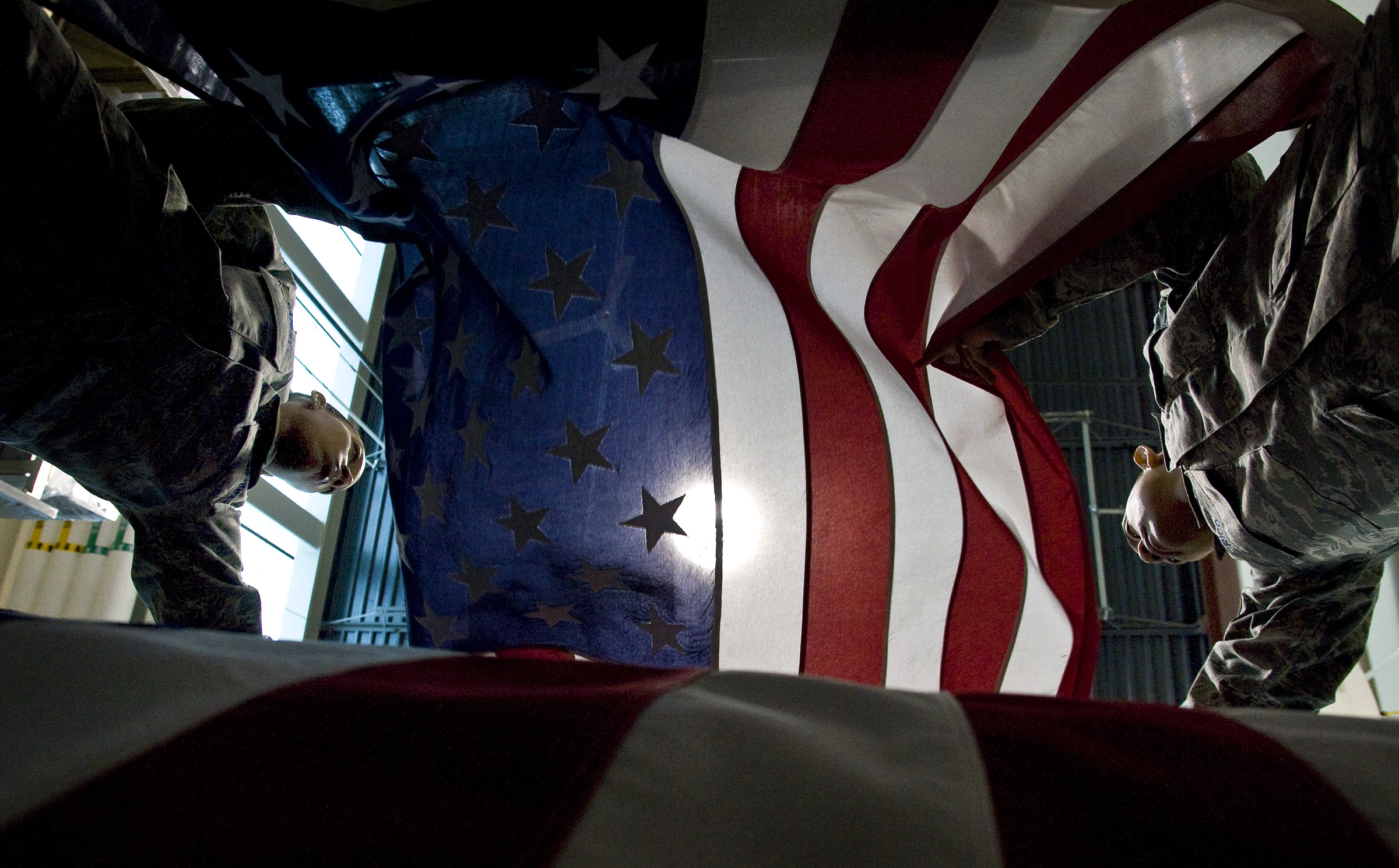
Art of War
In a class I took during undergrad on ethics in journalism, for my journalism degree, we discussed one day—well, several days, but this one day sticks out in particular in my memory—the ethics of displaying war-mangled bodies on the front page of the paper, “above the fold” for all to see whether they would want to or not. Arguments on one side encompassed mostly “think of the children”; how old ought one be to reckon with the part of humanity that is war? This was juxtaposed with the need to combat, in the interest of speaking truth to power, the Bush administration’s refusal to allow caskets draped with flags over them returning from war to be seen in the media, thus deadening our senses to the real, human cost of the so-called War on Terror (capitalized, deified, in proper noun form). I had just freshly seen the movie on Idi Amin, The Last King of Scotland, based on the true story which depicted in all the traumatizing gore the atrocities committed by the Amin regime in Uganda, to include a man being crucified by hooks from his nipples (just recalling this image makes me squirm and I hesitate even to write it). A young undergrad, I argued that if people can die in war then people sending them to die need to see the images, at least as abstractions as indicated by the flag-draped coffins. It appears that Judith Butler, as responded to by Pontibrand in this anthology on art and community, could have presided over our ethics I journalism class, guiding us to think not only of the societal and individual implications of forcing the images of war on unwilling or willing consumers of news, but further to the “‘intractable and irreversible’ bind that lies at the heart of violence and conflict” (Pontibrand 235).

Butler “questioned our ability to see others, and to see them as humans rather than ordinary warfare” (Pontibrand), yet still acknowledged the bind of violence. Much as I argued years ago re: the display of violence in newspapers, Pontibrand takes it a step further: we not only need to allow the images to affect—she says “haunt—us but to replay them. In this way, for the images to appear in news media, the “first draft of history,” it is likewise necessary to let the images live on and perpetuate further affect on our conscience. This is why movies such as The Last King of Scotland mentioned above, as well as museums showcasing human atrocities such as the Holocaust museum, which I recently visited, and American slavery, as in the Charles Wright museum, are so important, as permanent public images to “let our conscience be plowed over.” It is one thing to know the effect of war, of violence, yet quite another to feel it.

